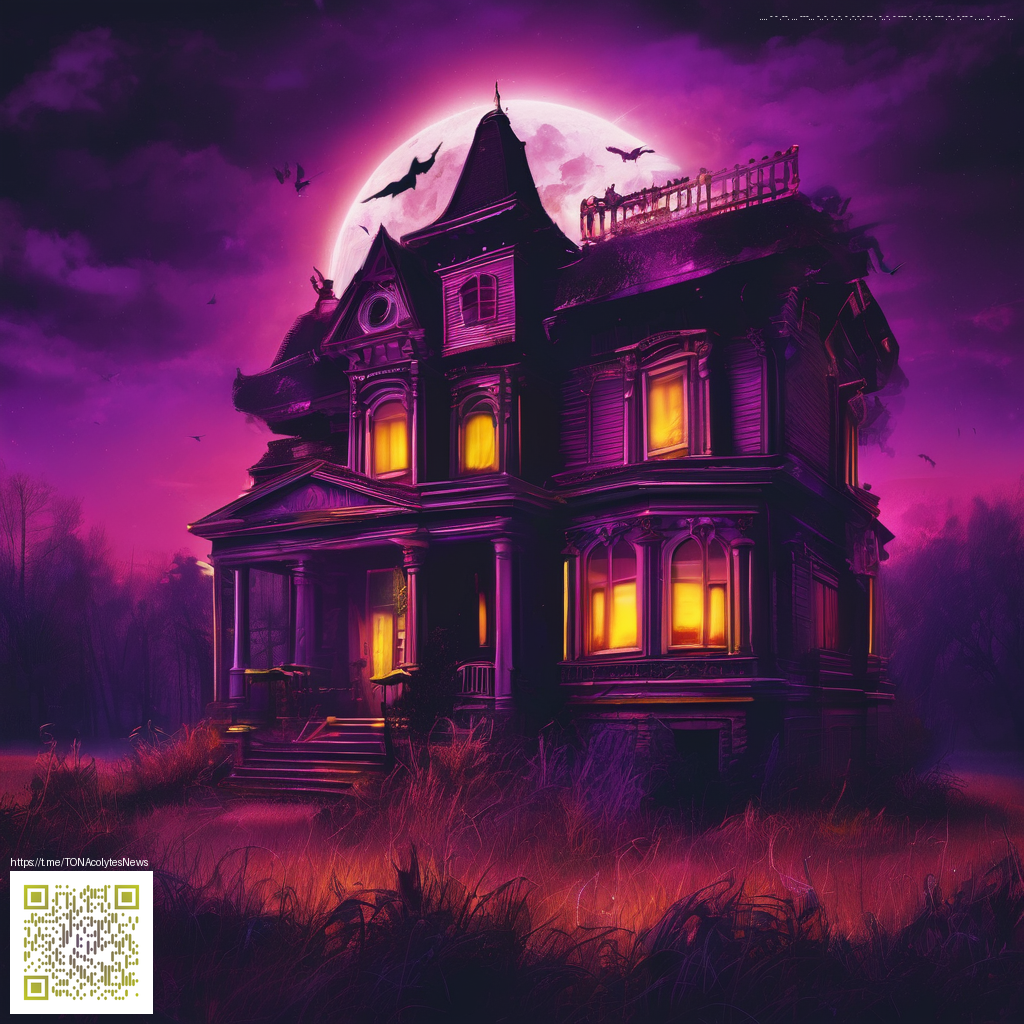
Creating Naturalistic Paper Rip Effects in Photoshop
Paper rip effects bring a tactile realism to digital compositions, making flyers, product mockups, and editorial layouts feel instantly engaging. In this guide, we’ll walk through a practical workflow for achieving organic, believable torn edges that reveal a textured surface beneath. The goal is subtlety: a ragged edge that looks like real paper, not a perfectly symmetrical cut.
Foundations: planning and non-destructive setup
Before you dive into brushes and masks, outline your intent. Do you want the tear to reveal a textured backing, a bold color, or a handwritten note? Decide early, because it frames your layering and blending choices. A non-destructive approach keeps things flexible as you iterate. For example, start with a base paper texture layer and place your subject or graphic above it.
For designers pairing this technique with product visuals, a clean, minimalist foreground often works best. If you’re presenting a sleek accessory, such as the Slim Phone Case for iPhone 16 Glossy Lexan Ultra-Thin, you’ll want the tear to feel tactile without overpowering the product itself. The real strength comes from how the torn edge interacts with shadows, light, and the underlying texture.
Core techniques: masked edges, texture, and light
Start by isolating the ripped area as a selection, then convert it into a non-destructive mask. You’ll gradually refine the jagged edge to feel organic rather than mechanical.
- Place a high-contrast paper texture beneath your subject and set the upper layer to a blending mode that emphasizes edge detail (such as Multiply or Overlay, depending on your base). Then, use a Layer Mask to reveal portions of the texture where the tear should appear.
- Paint with a textured brush along a rough selection to define the torn edge. Use a brush with irregular spacing and jitter to simulate natural fibers pulling away from the surface.
- Apply a subtle displacement or warp to the torn edge to introduce variation. A light filter > Liquify adjustment or a custom displacement map can add believable curvature to the edge.
- Shadow and light are crucial. Add a shadow layer at the inside of the tear and a gentle highlight on the outer edge to convey thickness. Blending options like Multiply for shadows and Screen for highlights help keep things realistic.
- Texture overlays complete the illusion. A fine-grain layer or scuff texture can simulate the microfibers and fibers that show up around real tears. Reduce opacity to avoid overpowering the composition.
Tip: Keep your tear irregular. Real paper rip patterns aren’t symmetrical or perfectly curved. Slightly varying the width, curl, and fiber direction will sell the effect far more convincingly than a uniformly jagged edge.
To maintain a non-destructive workflow, organize your layers into a logical stack: base texture, torn edge mask, edge shadow, inner highlights, and texture overlays. This structure makes it easy to tweak lighting, depth, or even the visible portion of the underlying surface without rebuilding the entire effect.
Practical workflow you can follow
- Prepare your canvas with a neutral background and a clean, high-resolution texture that will peek through the tear.
- Outline a rough tear with a soft brush or a freehand selection, then convert the selection into a Layer Mask on the top layer.
- Refine the edge using a jagged brush to add micro-tears and fiber remnants. Switch between black and white on the mask to control visibility.
- Introduce depth with a shadow layer along the inner edge and a subtle highlight on the outer edge. Tweak opacity for realism.
- Drop in a texture overlay to mimic paper fibers, then adjust blending modes and opacity to integrate with the underlying image.
If you’re exploring editorial layouts or product showcases, this technique scales well with typography and color experiments. The same torn edge can frame a bold headline or reveal a secondary image beneath, creating a layered storytelling effect that draws the viewer’s eye naturally. Curious readers may want to explore a live example of clean, editorial-grade layouts that blend product visuals with textured backgrounds; you can view the illustrative page here: https://solanastatic.zero-static.xyz/41d1206a.html.